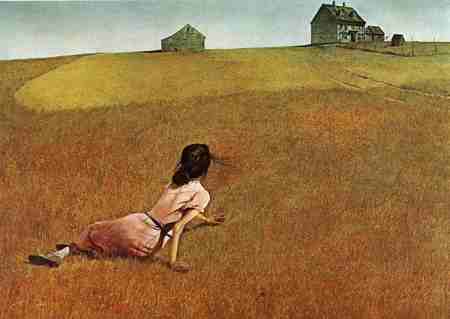From The Mineola Monitor on Thursday, March 7, 1929:
John S. Daniel Dies At Alabama Home
On March 1st, at Center Ala., John S. Daniel passed
to the rewards of a life well spent. He was born
June 23, 1844, in Alabama where he lived until 1894
when he moved to Wood Country, Texas, where he
lived for 26 years. This writer knew him well, being
closely and intimately associated with him -- in his home
and elsewhere, he was the same, yesterday, today, and every day.
He was the best man in every respect
it has ever been my pleasure to know.
Mr. Daniel was a true man to his convictions;
who maintained his independence of thought for good,
always had time to consider his friends. He despised
no human being, was ever desirous of bringing about
reconciliation among men and cause them to love
each other better, his whole desire was to do good;
wealth or poverty made no difference to him, he loved
you for what you were, and to love him was to become
better yourself. He was a good man. He served four
years in the army of Confederacy participating in many
of the most important battles of the war, more than once
was desperately wounded, carrying the scars of that
terrible conflict to his grave. He was a devoted husband,
loving father, a consecrated Christian, a model citizen.
Andrew Wyeth, 91, died in his sleep at his Pennsylvania home in January 2009. He was controversial in the art world. But, I was a fan of his (and his father's) work. If I were ever a museum curator, I'd assemble a comprehensive Wyeth/Hopper show. Even if no one else attended, I'd still wander through it every day.
(For the record, my second show would be Chuck Close.)
I liked this line from Wyeth's New York Times obit: "Wyeth gave America a prim and flinty view of Puritan rectitude, starchily sentimental, through parched gray and brown pictures of spooky frame houses, desiccated fields, deserted beaches, circling buzzards and craggy-faced New Englanders." I wish I had written that.
I never knew the backstory to "Christina's World" -- his most iconic piece:
crippled from the waist down,
dragging herself across a Maine
field, "like a crab on a New England
shore," he recalled. To him she was
a model of dignity who refused to
use a wheelchair and preferred to
live in squalor rather than be
beholden to anyone. It was dignity
of a particularly dour, hardened,
misanthropic sort, to which Wyeth
throughout his career seemed to
gravitate. Olson is shown in the
picture from the back. She was 55
at the time. (She died 20 years later,
having become a frequent subject
in his art; her death made the national
news thanks to Wyeth's popularity.)
-- Michael Kimmelman, New York Times

No comments:
Post a Comment